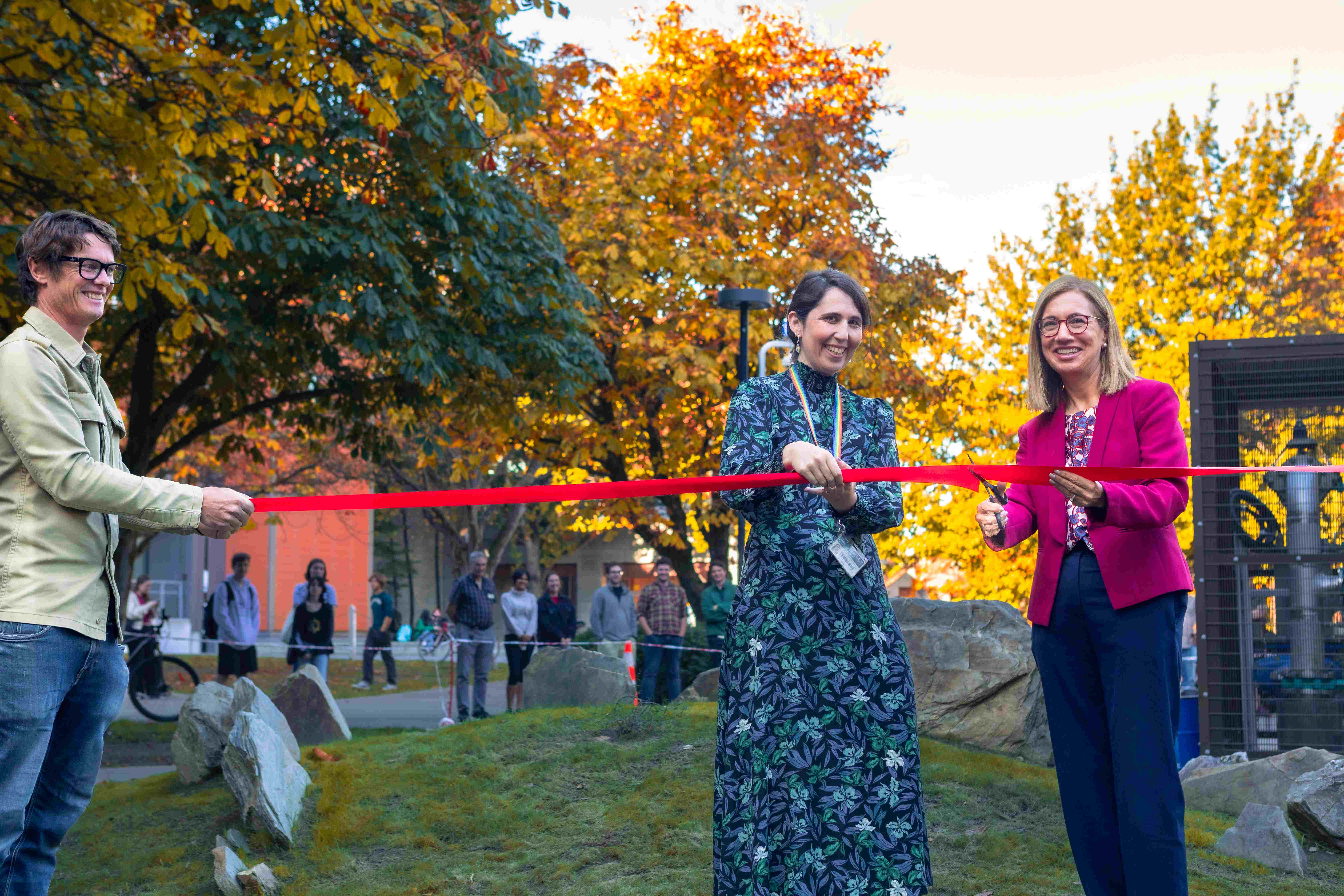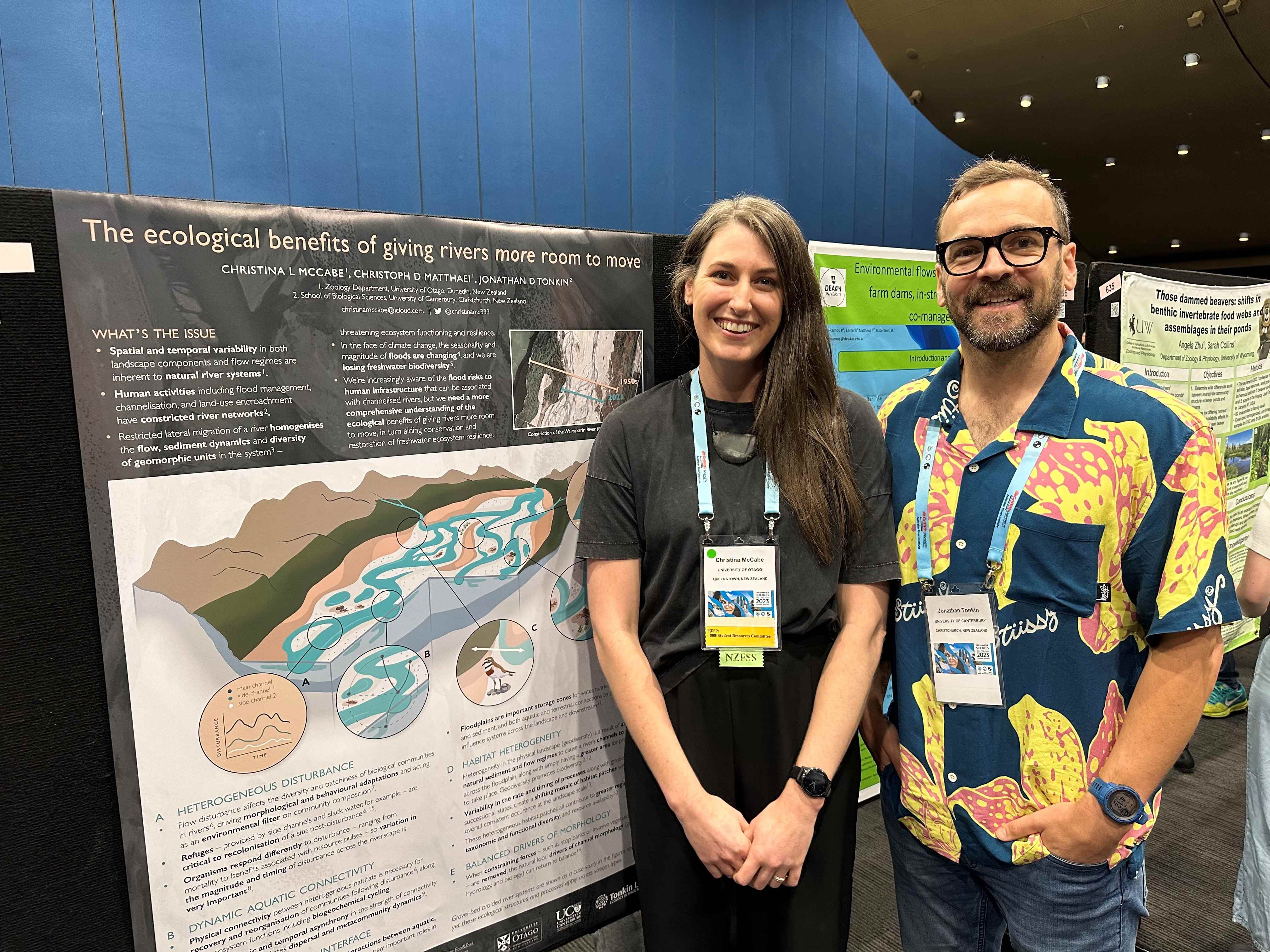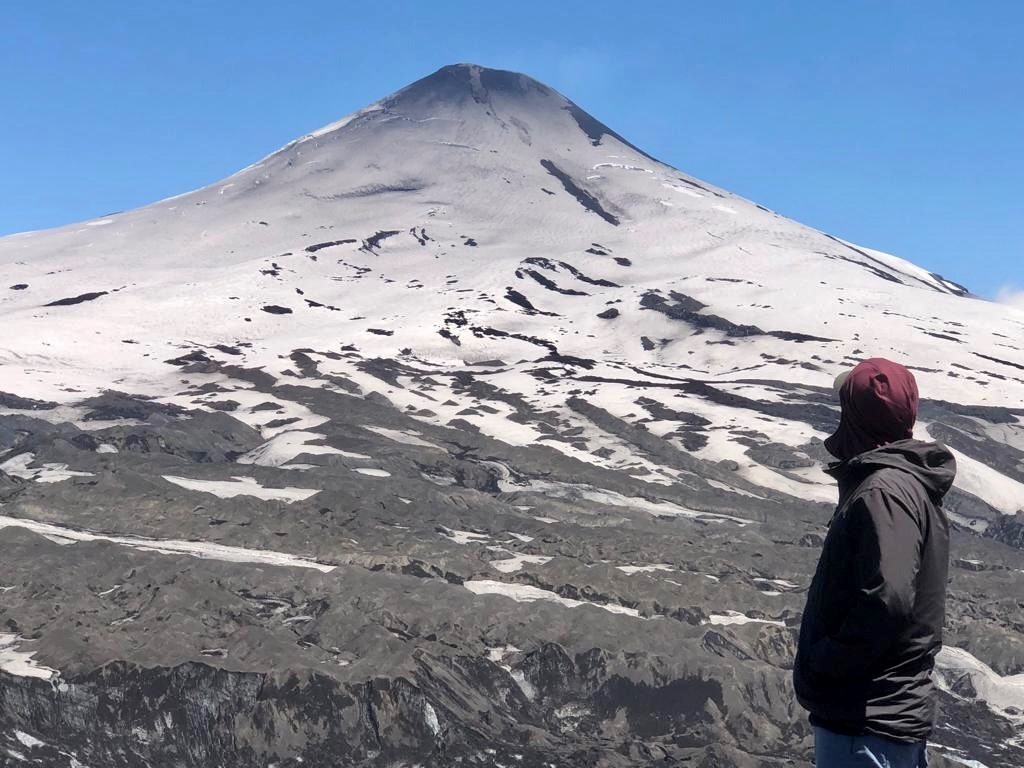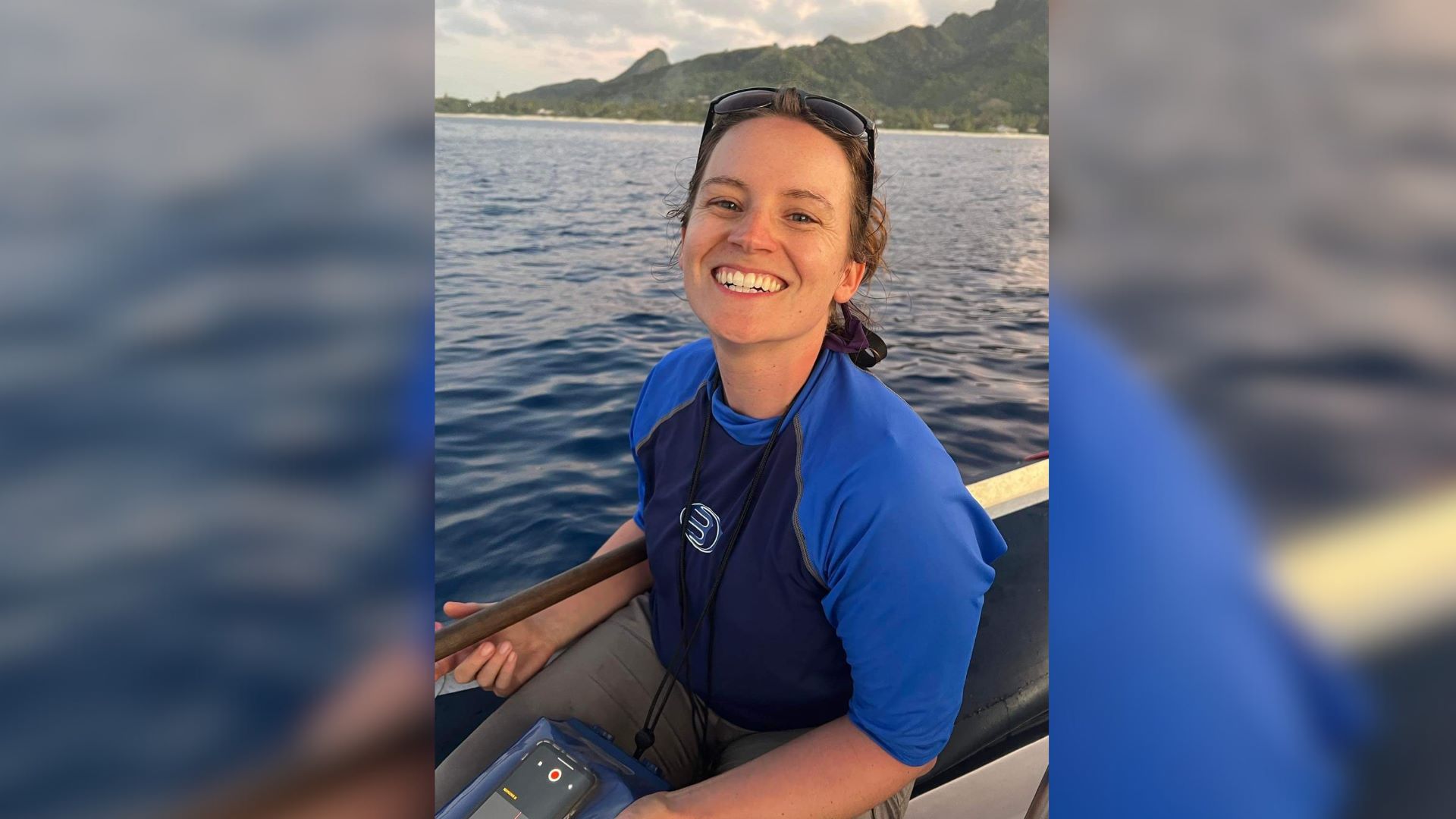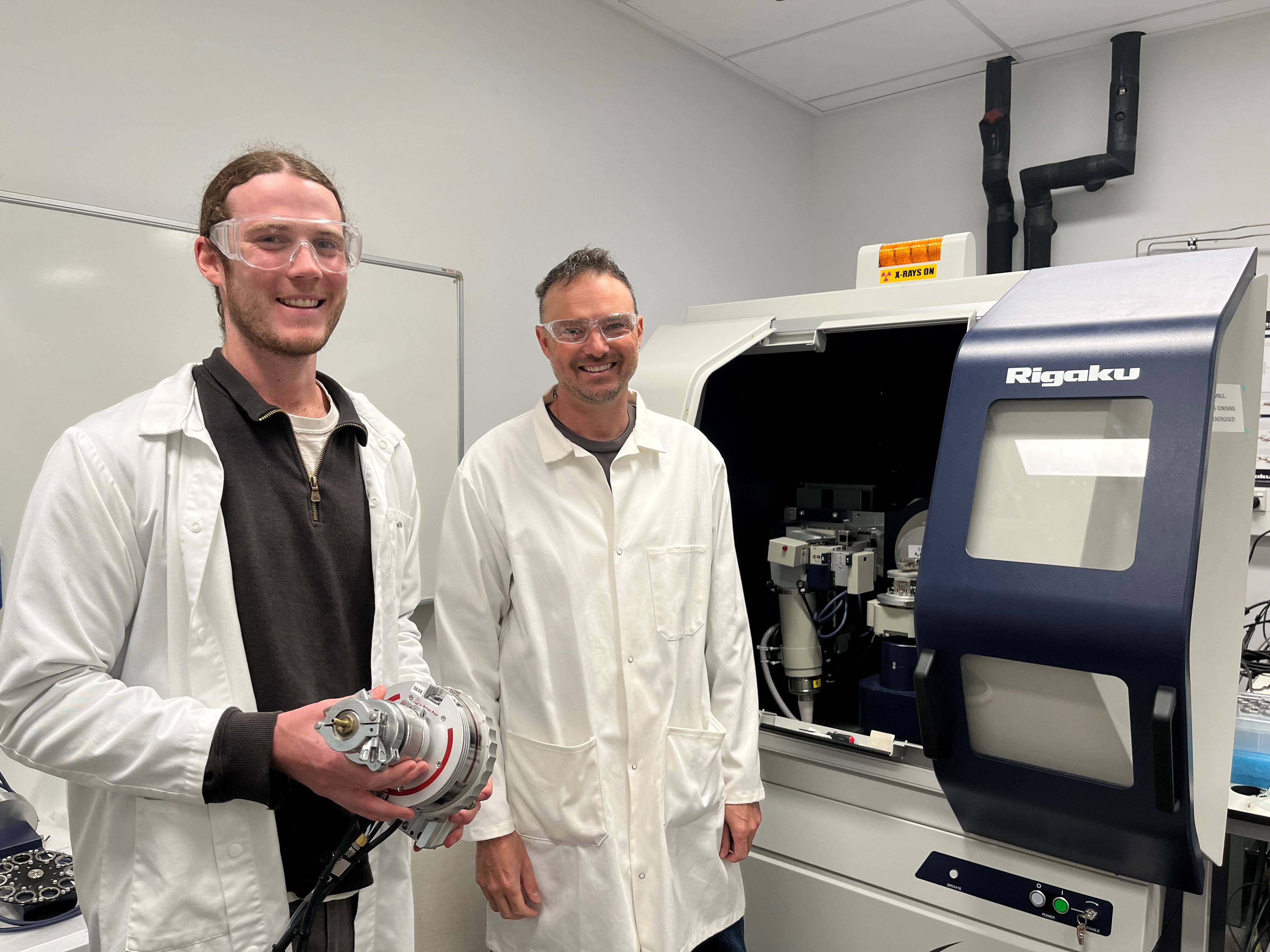However, the reclamation fills of the Wellington port are challenging for engineering assessment as there is limited data on case histories of liquefied reclaimed land available, and liquefaction assessment methods are quantified using semi-empirical methods based on case histories of soils which are not typically found in port facilities.
This raises the question of whether such empirical methods contain sufficient considerations of specific reclaimed land characteristics for quantifying liquefaction impacts within seismic mitigation and risk assessment efforts. It is therefore vital to invest resources in better understanding the liquefaction phenomena in reclaimed soils.
Research is therefore underway utilising dense geotechnical subsurface data obtained at the port of Wellington to advance our current understanding of liquefaction behaviour of reclaimed soils. As Wellington port is a well-documented case study with tremendous amount of geotechnical data and dense array of ground motion records, it provides an excellent basis for scrutiny of issues regarding liquefaction of reclaimed land.
One stream of the research is conducted through application and scrutiny of simplified liquefaction evaluation procedures. Another stream is through seismic effective stress analysis using an advanced constitutive model and analysis procedures that allow for simulation of complex liquefaction processes, employed as the primary numerical tool in investigating soil liquefaction behaviour using detailed time-history analyses. This advanced numerical method provides insights into mechanisms of stress-strain behaviour that cannot be captured by simplified procedures.
However, the application of advanced procedures is not standardised in current practice, and hence, one of the efforts will be to provide guidance especially in the assessment of non-standard soils.
Therefore, research is also underway formalising the use of advanced procedures for liquefaction assessment with focus on soils and conditions specific to reclaimed land.
Once these methodologies have been developed, they will be applied to the assessment of liquefaction hazard of land and structures in the Wellington’s waterfront region. Key issues in the waterfront’s liquefaction performance will be highlighted in the context of the seismic hazard of Wellington. The study will provide input to performance assessment of land and structures for various relevant earthquake scenarios. This in turn can be used to inform planners and future engineering development in reclaimed soils so that adequate considerations are given to liquefaction hazards within the aspired seismic resilience of Wellington.
Ribu's work involves a strong working relationship with EQC who kindly provided this video.
ribu.dhakal@pg.canterbury.ac.nz
https://www.linkedin.com/in/ribu-dhakal-224802134


